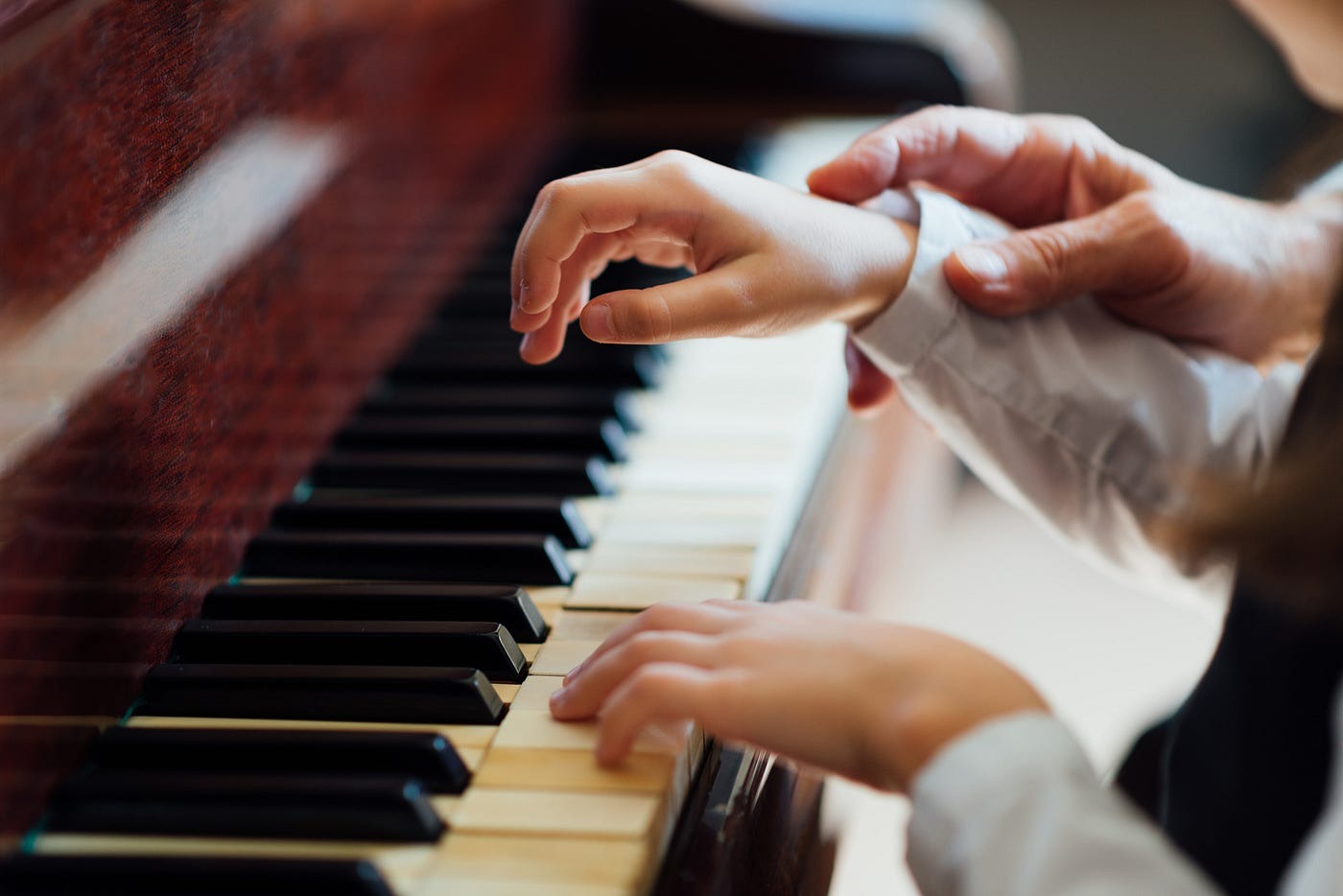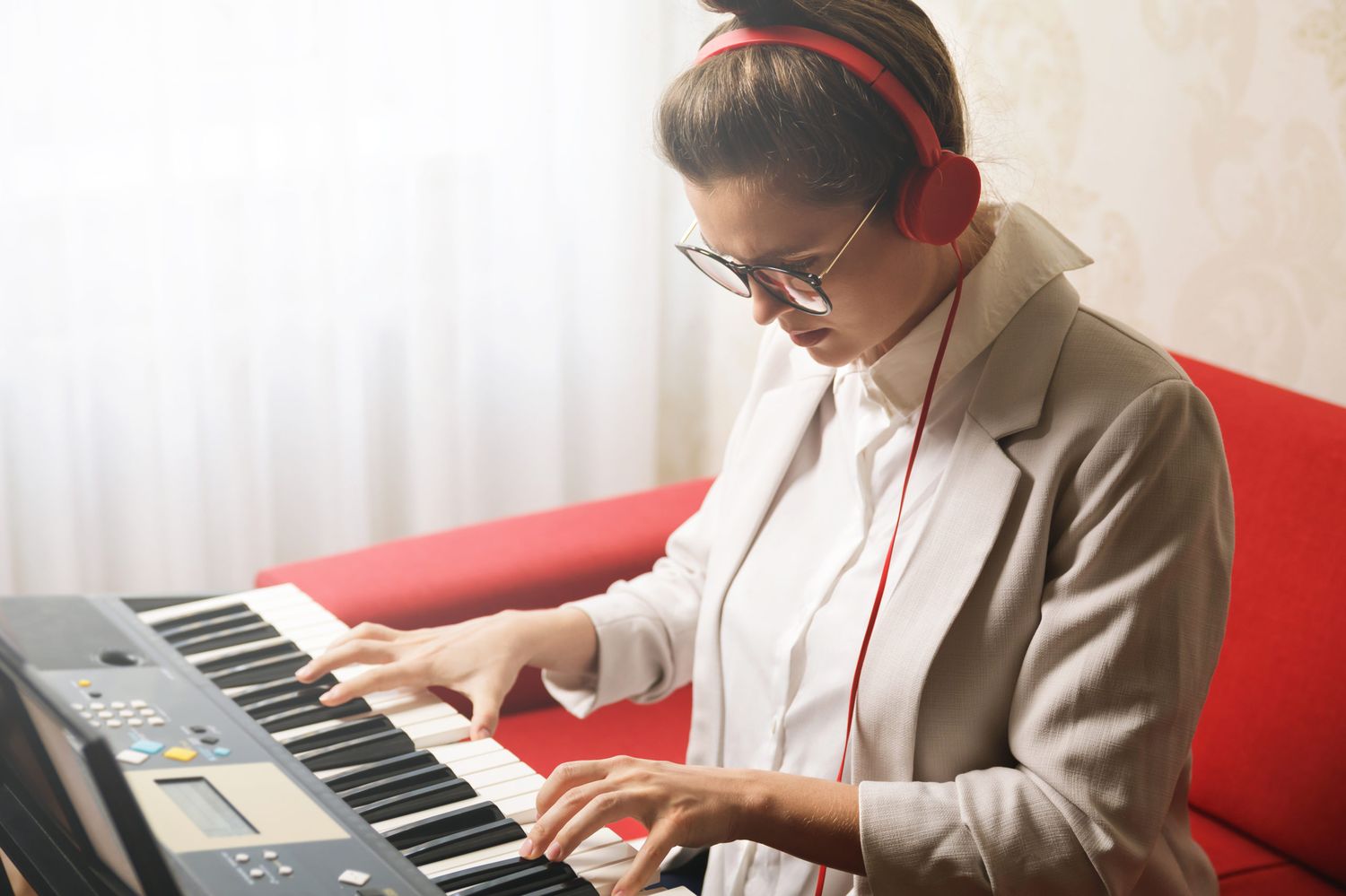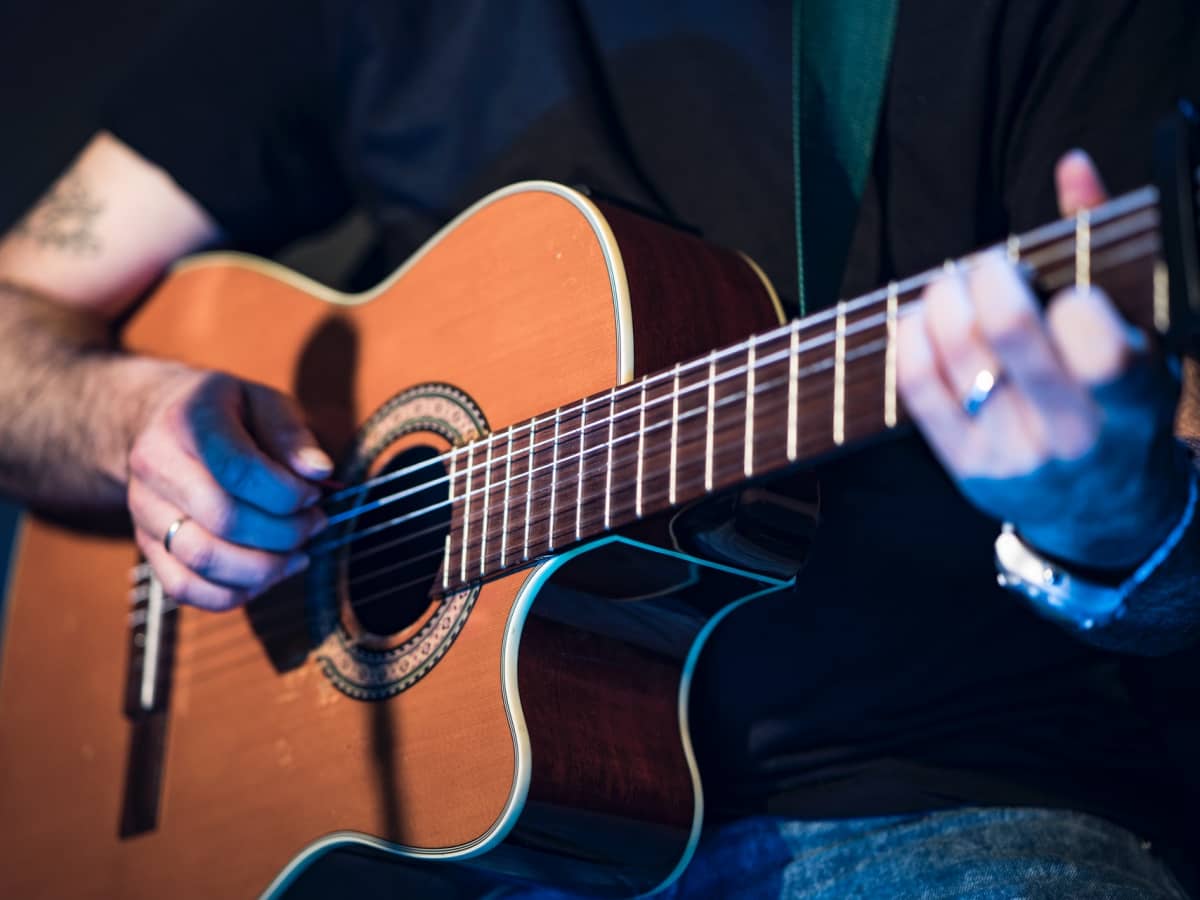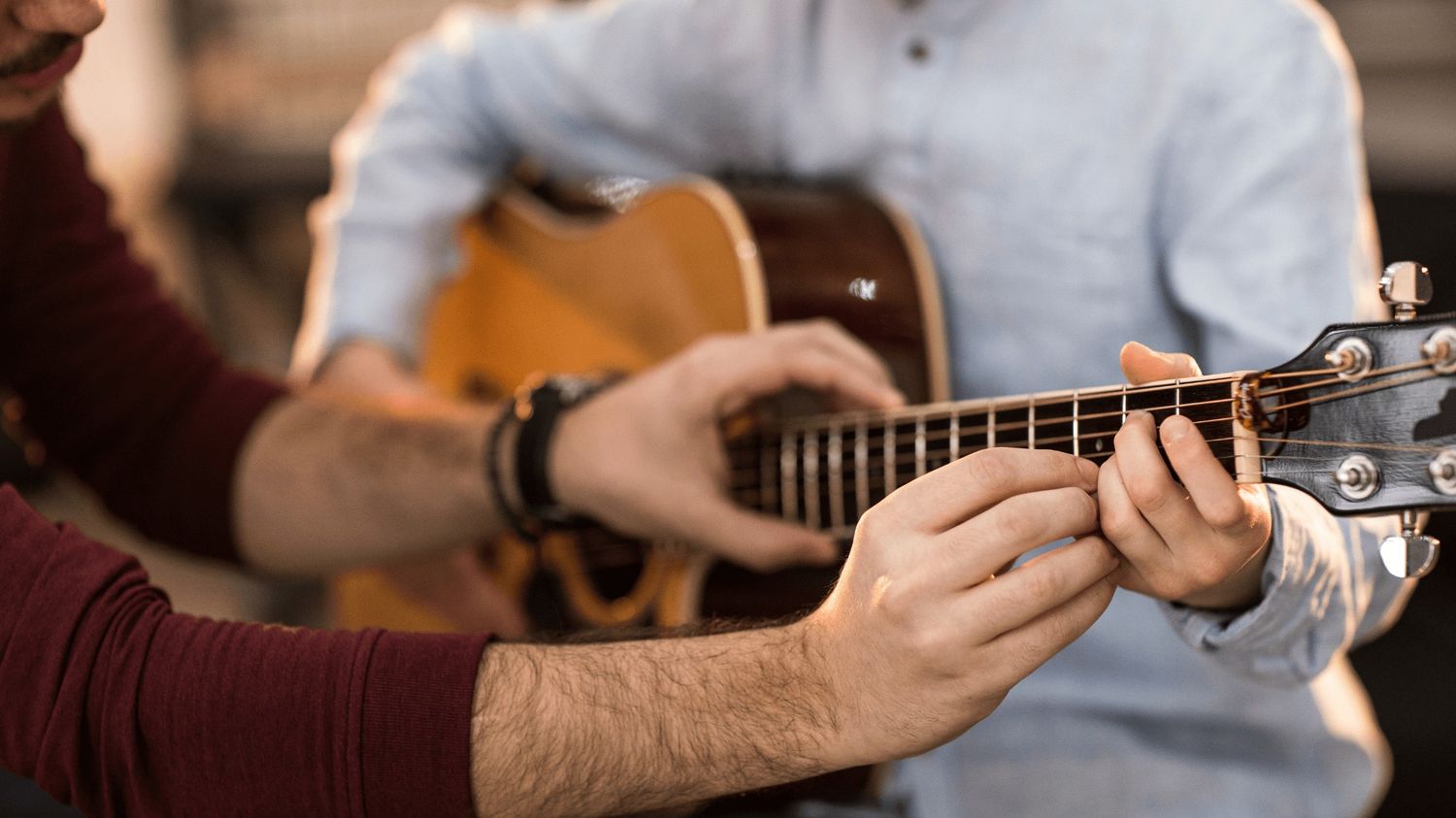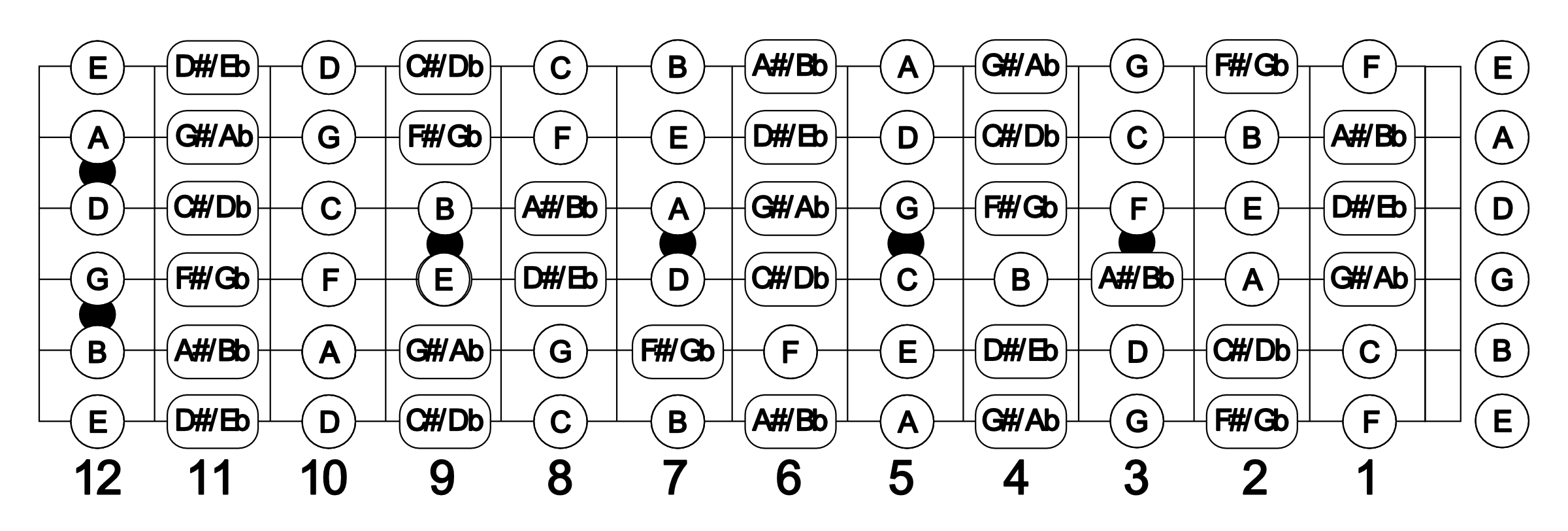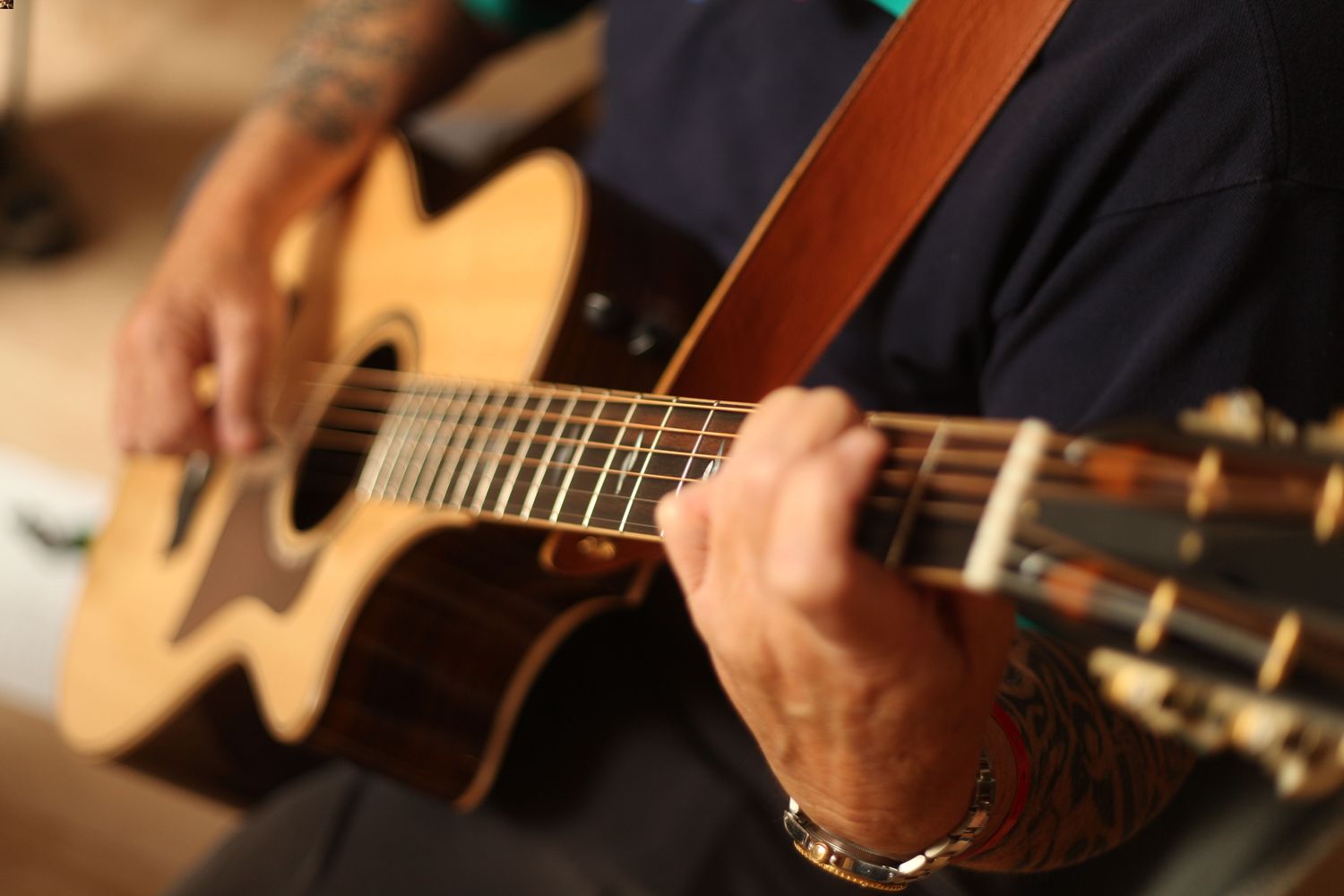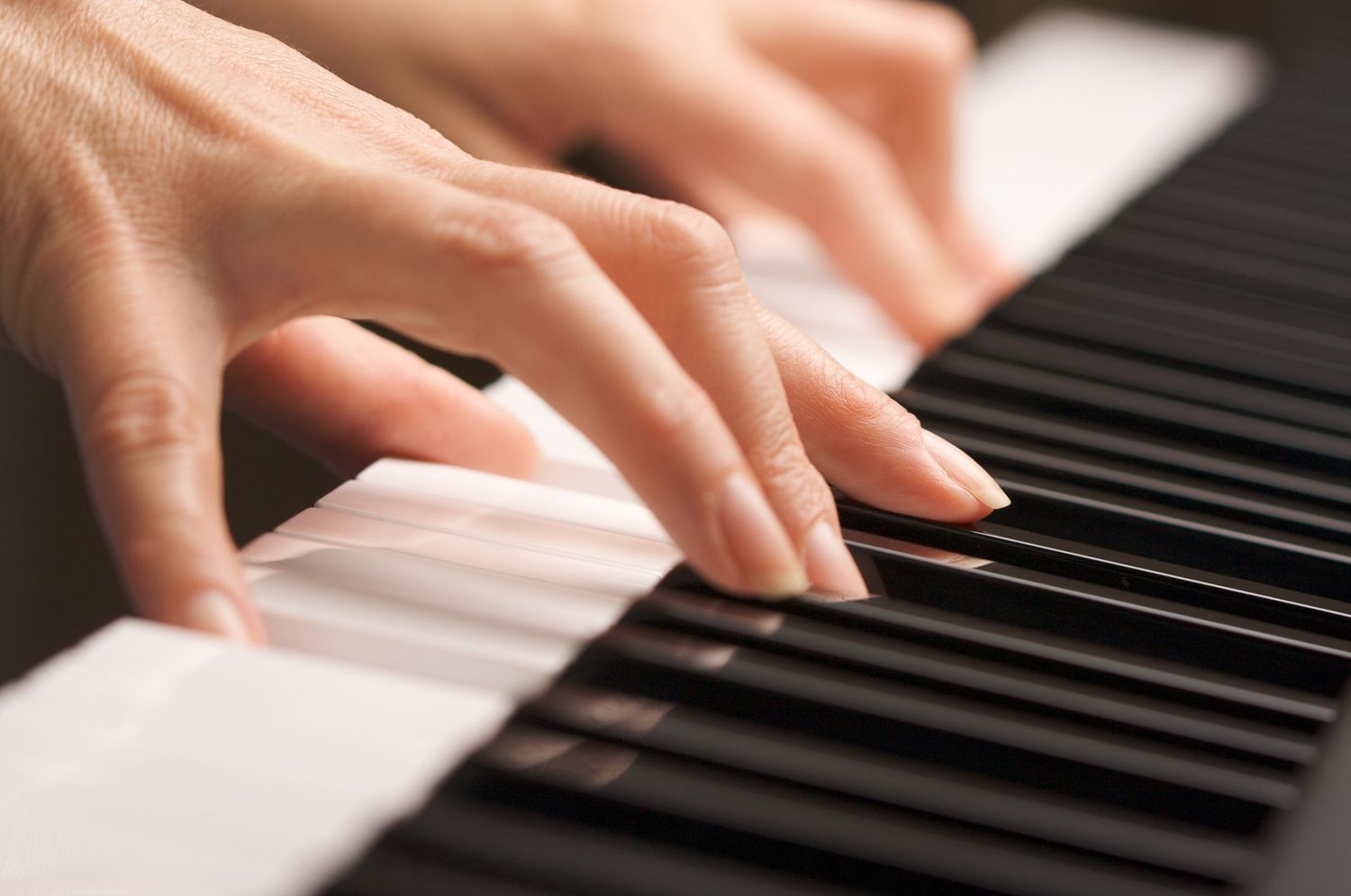Home>Instruments>Piano>Which Is Easier To Learn: Piano Or Guitar


Piano
Which Is Easier To Learn: Piano Or Guitar
Published: February 11, 2024
Discover the ease of learning piano and guitar to help you decide which instrument is best for you. Explore the differences and similarities in learning each instrument. Start your musical journey today!
(Many of the links in this article redirect to a specific reviewed product. Your purchase of these products through affiliate links helps to generate commission for AudioLover.com, at no extra cost. Learn more)
Table of Contents
Introduction
Introduction
Learning to play a musical instrument is a rewarding endeavor that can bring joy and fulfillment to your life. Two popular choices for aspiring musicians are the piano and the guitar. Both instruments have their unique appeal, and aspiring musicians often grapple with the decision of which one to learn. In this article, we will delve into the comparison between learning the piano and learning the guitar, considering factors such as basic skills required, learning curve, physical demands, and time commitment. By exploring these aspects, we aim to provide insights into which instrument might be easier to learn for different individuals.
The piano, with its elegant keys and timeless sound, has been a staple of musical compositions for centuries. Its versatility allows players to explore a wide range of musical genres, from classical to contemporary. On the other hand, the guitar exudes a sense of coolness and is a cornerstone of various musical styles, including rock, pop, blues, and more. Each instrument has its own unique charm and challenges, making the decision of which one to learn a matter of personal preference and individual circumstances.
In the following sections, we will compare the basic skills required for mastering the piano and the guitar, analyze the learning curve for each instrument, examine the physical demands involved, and consider the time commitment necessary to become proficient. Whether you are drawn to the grandeur of the piano or the allure of the guitar, understanding the nuances of each instrument's learning process can help you make an informed decision and embark on a fulfilling musical journey. Let's explore the intricacies of learning the piano and the guitar to discover which one might be the right fit for you.
Basic Skills Required for Piano and Guitar
Before delving into the comparison between learning the piano and the guitar, it’s essential to understand the fundamental skills required for each instrument. When it comes to the piano, one of the primary skills is hand independence. This means that the left hand and the right hand often play different parts, requiring coordination and dexterity. Additionally, pianists must develop an understanding of music theory, including reading sheet music, understanding rhythm, and interpreting musical notation.
On the other hand, aspiring guitarists need to focus on mastering chords, strumming patterns, and fingerpicking techniques. Unlike the piano, where all the notes are laid out in front of the player, the guitar requires players to develop muscle memory for various chord shapes and transitions. Furthermore, guitarists must familiarize themselves with tablature, a form of musical notation specific to the guitar, as well as understand the nuances of fretting notes and using a pick.
While both instruments demand dedication and practice, the initial skills required for the piano and the guitar differ significantly. Aspiring pianists must concentrate on hand coordination and music theory, while budding guitarists focus on chord mastery and picking techniques. Understanding these foundational skills is crucial for individuals contemplating which instrument aligns with their strengths and interests.
Learning Curve for Piano and Guitar
When considering the learning curve for the piano and the guitar, several factors come into play. The piano offers a structured learning experience, as the keys are laid out in a consistent manner, making it easier to visualize and understand musical concepts such as scales, intervals, and chords. Additionally, the notes on the piano are laid out in a linear fashion, simplifying the process of learning to read music and understand musical theory.
Conversely, the guitar presents a unique set of challenges due to its non-linear layout and the need to develop muscle memory for chord shapes and scales. While this may initially appear daunting, the tactile nature of the instrument can also make it more intuitive for some learners. Furthermore, the guitar allows for immediate exploration of popular songs and chord progressions, which can be highly motivating for beginners.
It’s important to note that the learning curve for both instruments is influenced by individual learning styles and musical goals. Some individuals may find the structure of the piano conducive to their learning preferences, while others may thrive on the hands-on, tactile nature of the guitar. Ultimately, the learning curve for piano and guitar is a dynamic and personal experience that is shaped by a combination of practice, instruction, and individual musical aptitude.
Physical Demands of Piano and Guitar
When it comes to the physical demands of playing the piano and the guitar, both instruments present unique challenges to the musician’s body. Pianists must develop finger strength and dexterity to navigate the keyboard effectively. The independent movement of each finger, coupled with the coordination required between both hands, demands a certain level of physicality and fine motor skills. Additionally, maintaining proper posture and hand positioning is crucial for pianists to avoid strain and play with ease.
On the other hand, guitarists face physical demands that center around fretting notes, forming chords, and executing intricate fingerpicking patterns. The dexterity and strength required in the fingers and hands to produce clear and resonant notes are essential aspects of guitar playing. Furthermore, the ergonomic challenges of holding the instrument, positioning the hands along the fretboard, and coordinating strumming or picking motions add to the physical demands of playing the guitar.
It’s worth noting that while both instruments require physical conditioning and practice to build the necessary dexterity, the specific muscle groups and movements involved differ significantly. Understanding the physical demands of the piano and the guitar can help aspiring musicians prepare for the unique challenges they will encounter as they embark on their musical journey.
Time Commitment for Piano and Guitar
Embarking on a journey to learn the piano or the guitar requires a significant time commitment, and understanding the demands of each instrument can help aspiring musicians set realistic expectations for their practice routines. The piano, with its structured layout and emphasis on music theory, necessitates consistent and focused practice to develop hand independence, interpret musical notation, and internalize various scales and chord progressions. As a result, aspiring pianists should allocate regular practice sessions to build and reinforce these foundational skills.
Similarly, learning the guitar demands dedicated practice to master chord transitions, strumming patterns, and fingerpicking techniques. Developing muscle memory for chord shapes and building finger strength to fret notes effectively are essential aspects of the learning process. Additionally, familiarizing oneself with the unique notation system of tablature and understanding the nuances of tone production through different playing techniques require ongoing commitment and practice.
It’s important to recognize that the time commitment for mastering the piano or the guitar is influenced by individual learning styles, prior musical experience, and the desired level of proficiency. While both instruments require consistent practice to progress, the specific skills and techniques involved may resonate differently with each individual, impacting the time required to achieve proficiency.
Conclusion
As we’ve explored the nuances of learning the piano and the guitar, it becomes evident that each instrument offers a unique set of challenges and rewards. The piano, with its structured layout and emphasis on hand independence and music theory, appeals to individuals who thrive in a disciplined learning environment. Mastering the piano requires dedication to developing fine motor skills, interpreting musical notation, and internalizing complex theoretical concepts.
On the other hand, the guitar’s tactile nature and immediate accessibility to popular songs and chord progressions make it an appealing choice for those who prefer a hands-on and interactive learning experience. Building muscle memory for chord shapes, mastering strumming or fingerpicking techniques, and navigating the non-linear layout of the fretboard are integral aspects of the guitar learning journey.
Ultimately, the decision of whether the piano or the guitar is easier to learn depends on individual preferences, learning styles, and musical aspirations. While the piano demands structured practice and a focus on music theory, the guitar offers a more tactile and immediate connection to popular music, making it an attractive option for those seeking a more casual and interactive approach to learning an instrument.
Regardless of the instrument chosen, both the piano and the guitar offer rich opportunities for musical expression and personal growth. Whether you are drawn to the classical elegance of the piano or the contemporary allure of the guitar, embarking on the journey to learn either instrument is a rewarding endeavor that can bring joy, creativity, and a deeper appreciation for the art of music.


